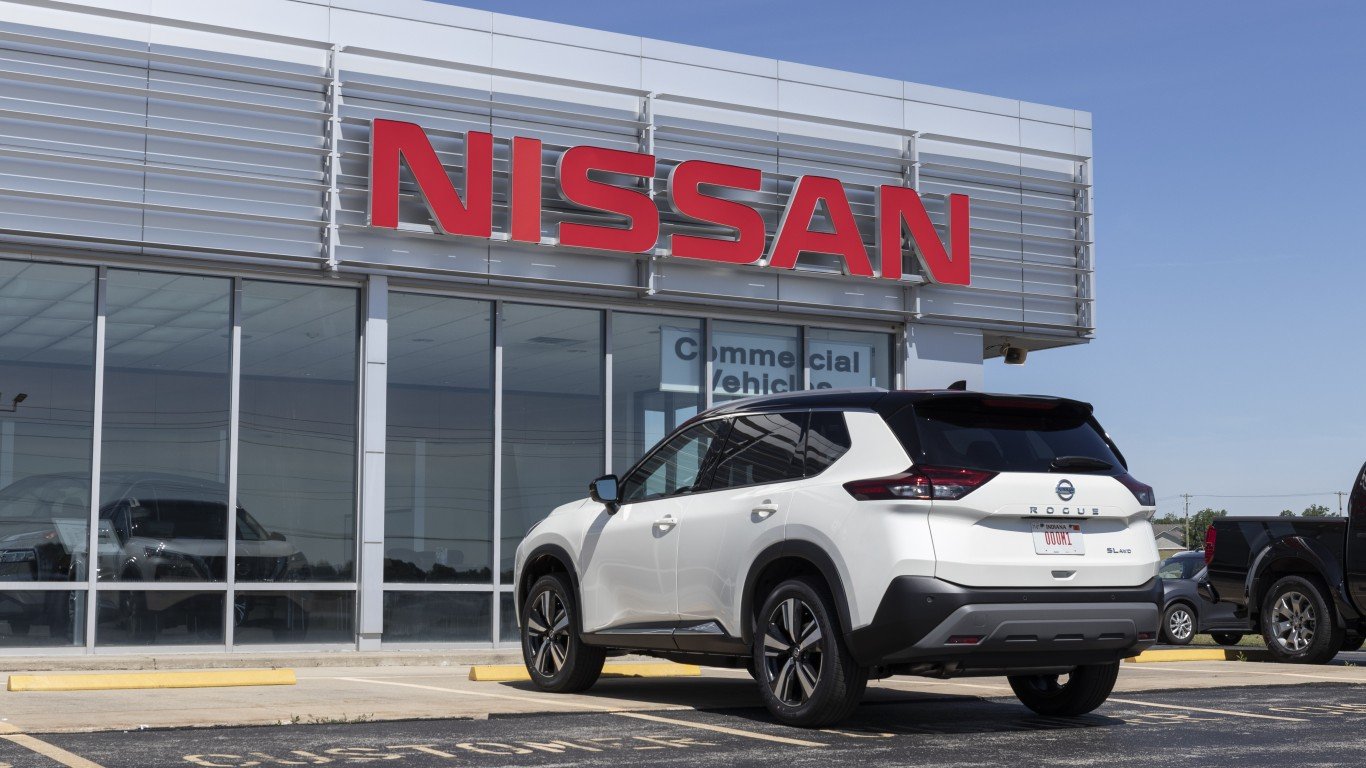

The electric vehicle (EV) has been the dream of futurists for years. The reality is that, despite the logistics of changing an entire world to the EV model, it is probably coming sooner rather than later. After all, emissions from internal combustion engines that require gasoline are a major source of air pollution. Another huge factor is that overall energy costs are lower, and maintenance costs are as well.
[in-text-ad]
The U.S. president has set a goal for half of all new U.S. vehicle sales to be electric by 2030, while also tightening pollution standards for cars and trucks in a barrage of action aimed at reducing what many feel is the largest source of planet-heating gases in America. Last week, the White House outlined its plan to cut emissions from vehicles, with President Biden signing an executive order demanding that 50% of all new cars and trucks sold by the end of the decade be powered by electric batteries.
While that goal is extremely optimistic, and perhaps very unlikely, the adoption of the EV future is going full-speed ahead. The analysts at Jefferies think three top companies are poised to be huge winners. They noted this in a recent research report:
We believe Auto original equipment manufacturers can transition into an EV driven industry of connected products while also operating with less and better allocated capital. We think this could lead to a re-rating of Auto OEMs’ valuation multiples. Investment spending has already started to stabilize, if not decline as OEMs:
1) Increasingly re-allocate spending from internal; combustion engine vehicles to fund electric vehicles and software investment.
2) Build vertical integration for electrification partly through joint investments off the balance sheet.
3) Electric Vehicle development costs benefit from higher modularity and scale.
The analyst points out that auto inventories are at record lows; re-building them to dealer/OEM “optimal” levels in 45-60 days would add 1.3 to 2.1 million units, 8-11% of North American output, supporting pricing well into 2022 and structural change.
Jefferies thinks the stocks of these three companies are poised to benefit as well and rates them all at Buy. Remember though that no single analyst call should ever be used as a basis to buy or sell a stock.
Thank you for reading! Have some feedback for us?
Contact the 24/7 Wall St. editorial team.
 24/7 Wall St.
24/7 Wall St.


